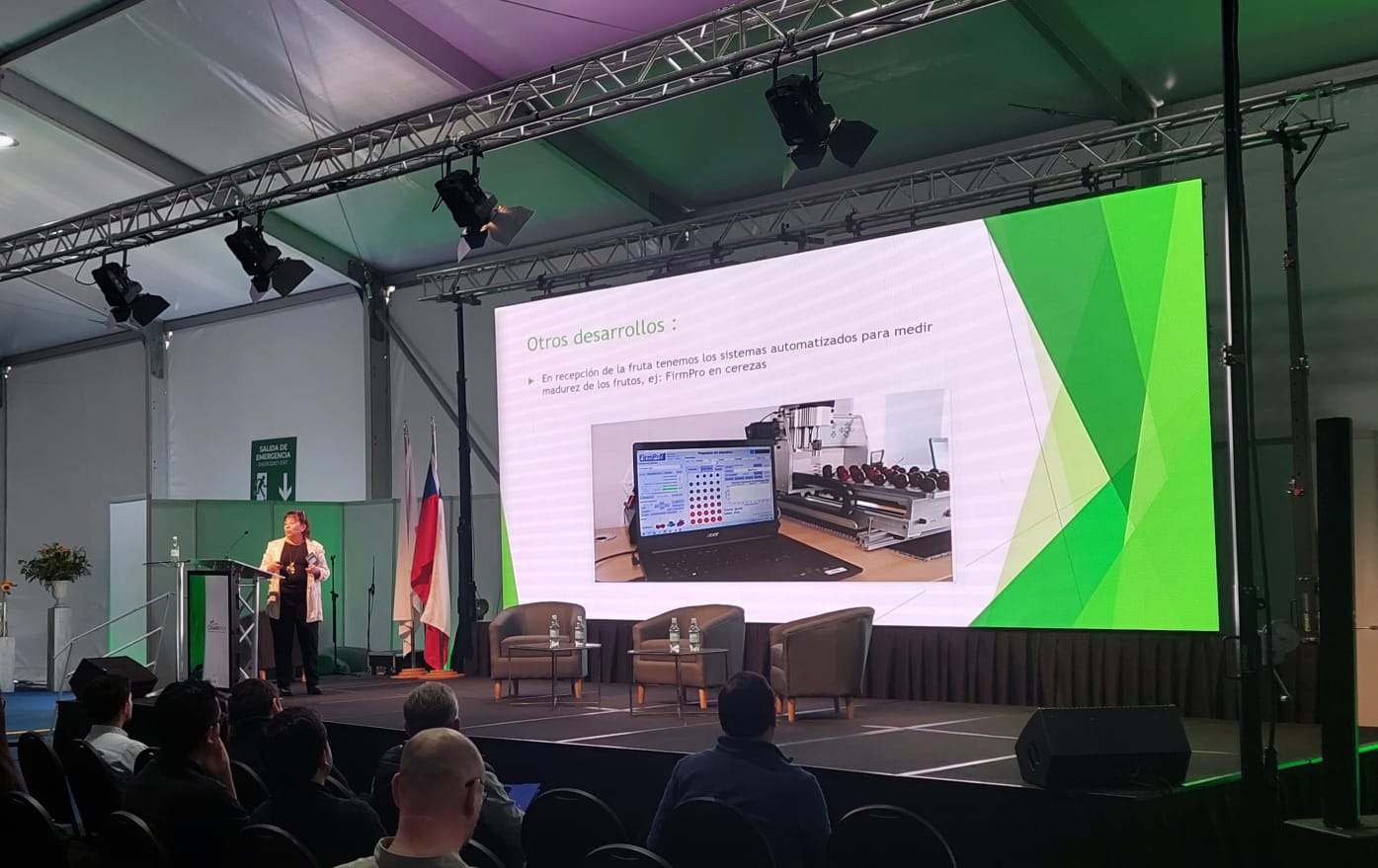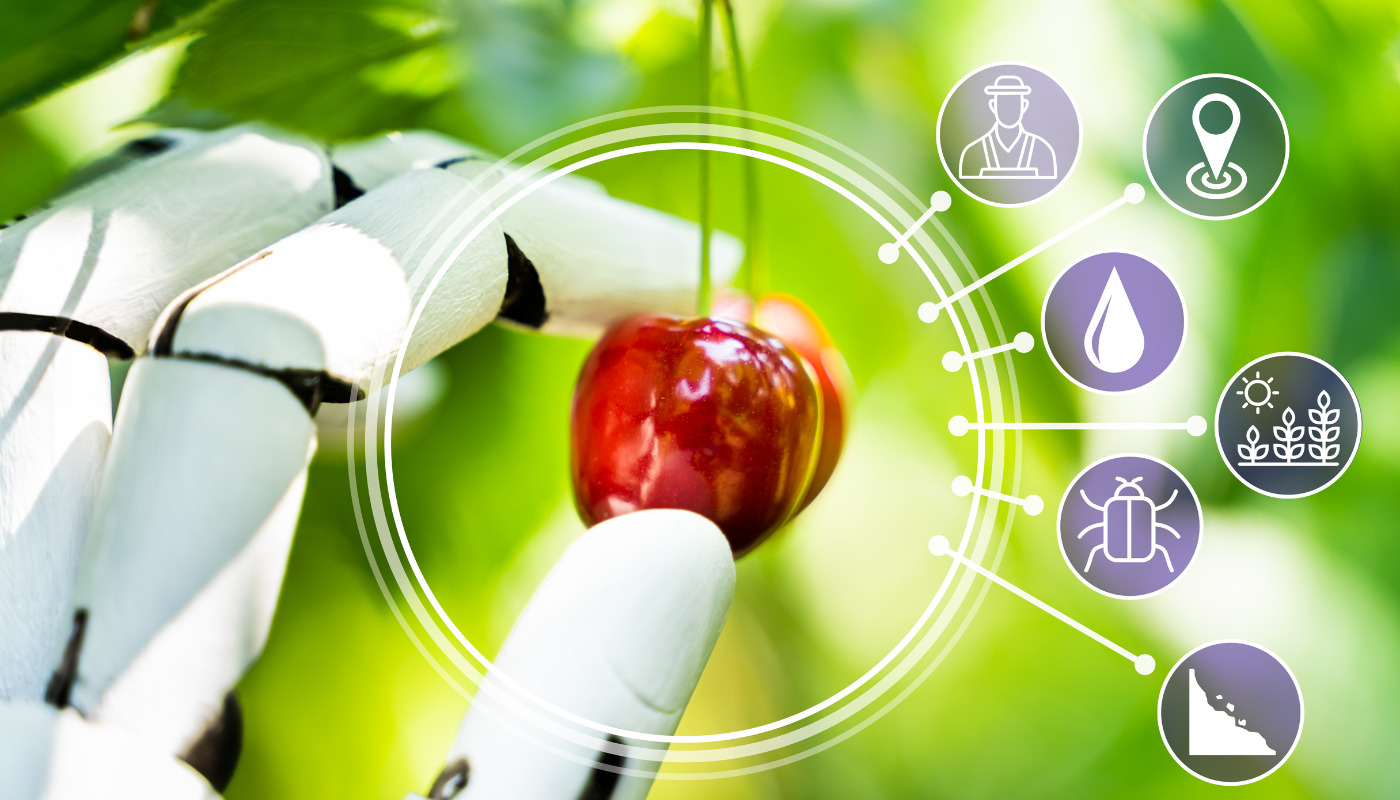In the world, there are several countries that have entered the cherry industry, producing, importing and exporting this fruit that is so appreciated globally. Countries such as China, the United States, Chile and Turkey work all year round on its production and eagerly await its flowering and the first harvest.
But taking the fruit to its final destination is a continuously ongoing process that requires various steps, one of the most important: fruit selection. Quality, color and appearance are some of the main points when selecting, as this can define its appreciation in the markets that acquire and consume the cherry.
Currently, as incredible as it may seem, this is a process that in many countries is still done manually, it is the human eye that registers hundreds and hundreds of kilos of fruit and chooses which ones will follow their course on the route of the cherry.
But how effective is this system?

That is one of the many questions that have arisen in recent years and that the application of new technologies has been able to answer. In conversation with Smartcherry World, Patricia Maraboli, who is an agronomic engineer and specialist in cherry and apple processes at Dole Food Company, an international fruit and vegetable production and marketing company, tells us what are the benefits of the application of technologies such as robotics or Artificial Intelligence (AI) for the food industry.
“The technology, which is already well developed by the companies that provide these services, prevents people from being the ones who select, those who select instead are cameras that, through many photos taken of the cherries, create a pattern making fruit selection. The issue is that a person only sees about 3% of what has passed through their selection table, therefore, this mainly boils down to discarding the less optimal fruit. So, the development of this technology, whether in cherries, blueberries, apples, citrus, avocados, etc., helps you have a better quality product that does not have to be selected by the human eye.”
You went and were greatly inspired by the advances of Europe, the United States and other countries that have already advanced in this matter. What were you able to observe there and how has that been replicated in countries like Chile?
“It’s very good to go out. I have been to Europe, the United States and New Zealand. In Europe, they are always advancing and making new technologies. Specifically, we went to look at what we could apply in this part of the world and how to do it, since at first the models were replicated as they came but it was not the most appropriate, since all countries have different conditions. In Chile, for example, export trips are much longer, and there are other aspects that must be made compatible.”
And what is the perception that you had?
“That we are at levels so similar to those of countries like New Zealand or the United States in terms of technology. That is, at the top of technology.”
Humans vs technology
In recent years, technology and how it is applied in different areas of society, has become a real concern that has gone beyond discussions between people and speculation, to take over the political agenda of various countries that are already wondering how to control its use and avoid side effects. One of these effects: the replacement and exclusion of the human being.
Although one of the things that is heard the most about this is how affected workers will be by the automation of processes and systems, specialists assure that this is not entirely true, since the human factor will continue to be key for any work environment. This is explained by experts such as Karim Lakhani, a professor at Harvard Business School who specializes in workplace technology and particularly AI, who theorizes that technology will not replace humans, but will replace those humans who do not have the technology.
This is something that Patricia agrees with, although she does recognize that the staff reduction is real. “It is true, they do not compete with each other, although it is also true that if you apply technology you will reduce the amount of human labor you need, since it is estimated, according to measurements carried out in Europe, that a completely robotic company means between 40% and 50% less people, although you need the remaining percentage; collaborators and labor are necessary because techniques like Artificial Intelligence have to be reviewed and monitored by people, otherwise they can do anything.”
In this sense, her call is not to fear and to understand this new era of the agricultural industry as part of a new process of compatibility between yesterday and today. “Let’s not be afraid of Artificial Intelligence, or automation, or robotics,” she concludes.










